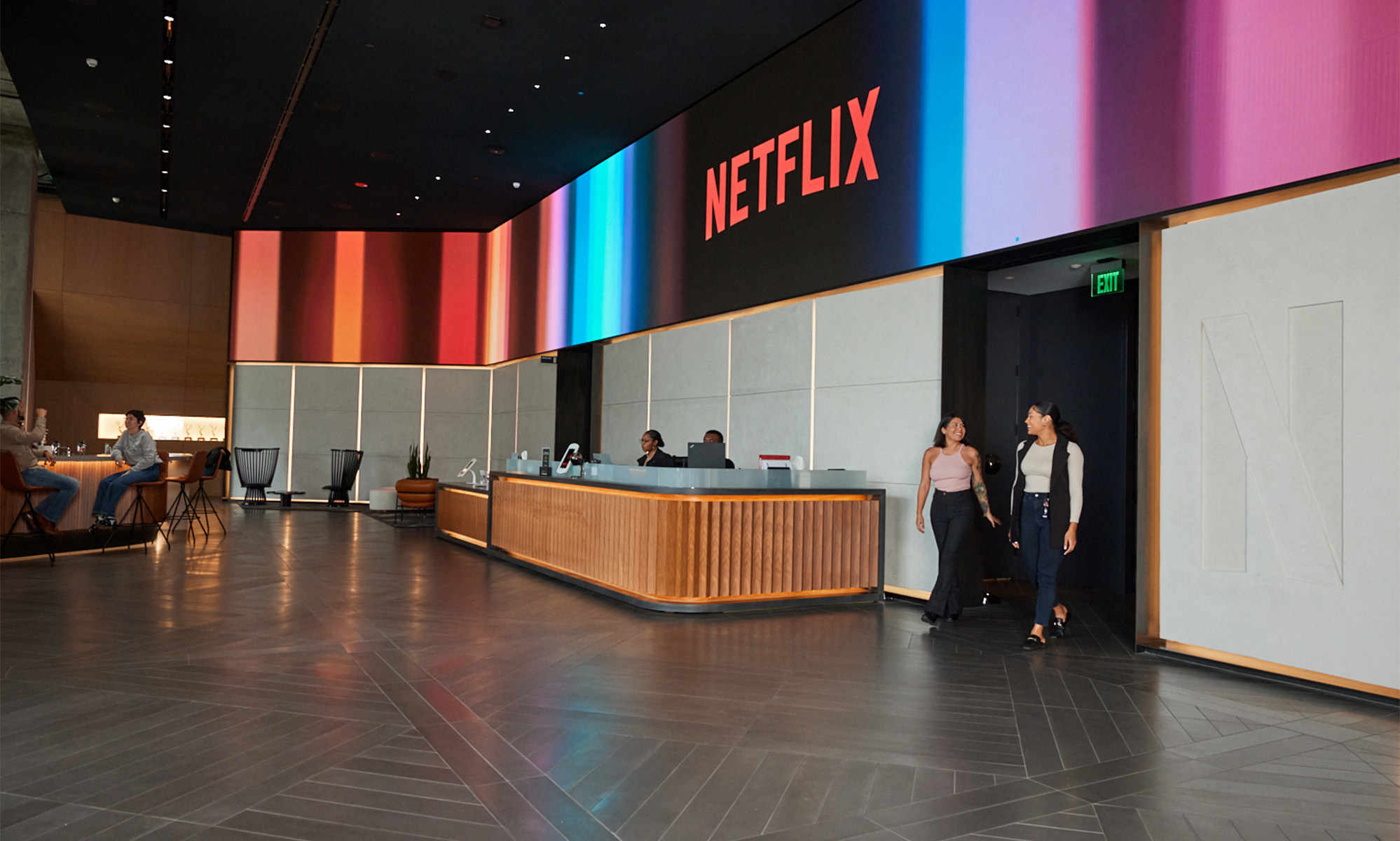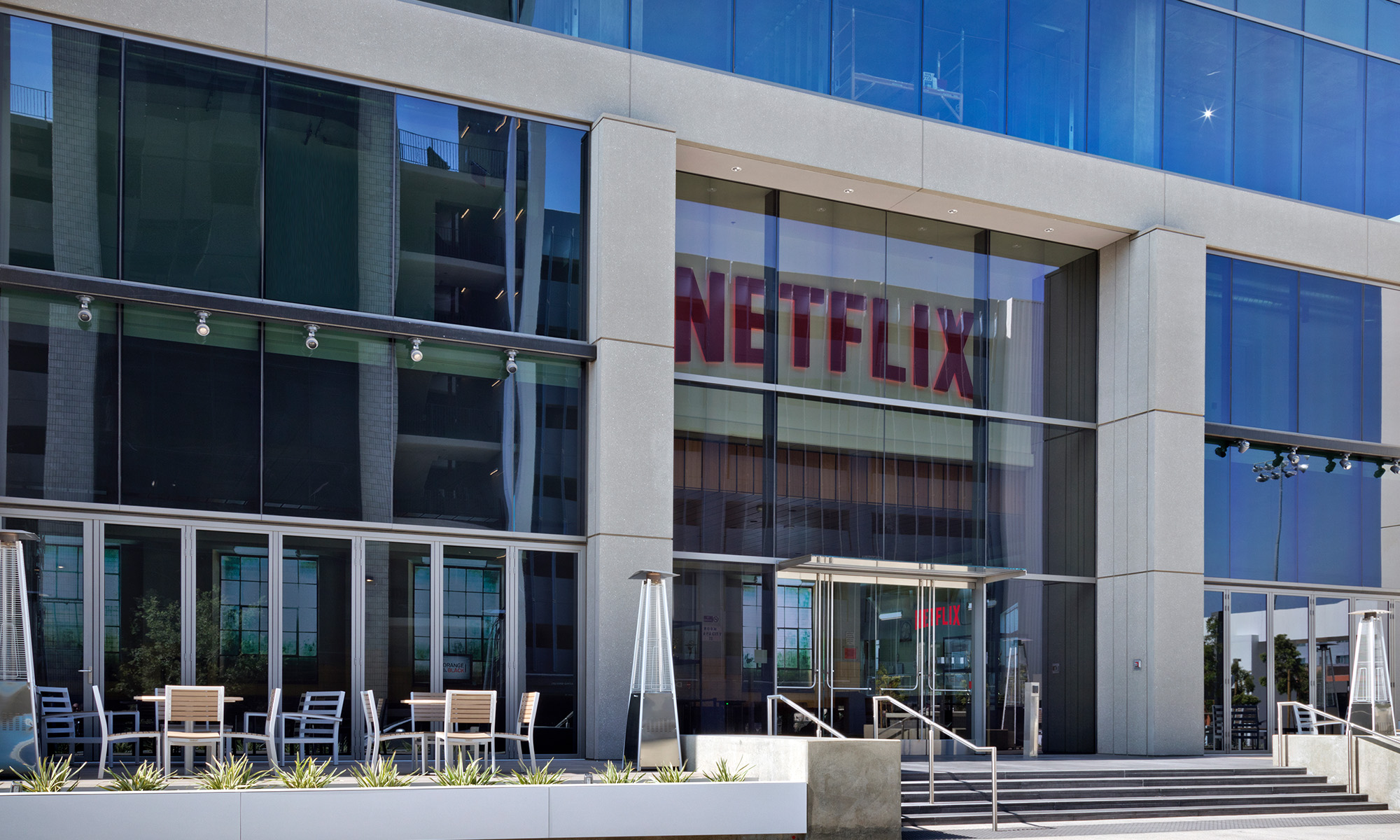In the race for supremacy among streaming video services, original content has emerged as one of the critical differentiators that can allow one company to flourish where others flounder. A number of events, capped off with the release of the new original hit series "House of Cards," has pushed Netflix (NFLX 2.08%) back to the top of the pack. The stock has already doubled this year.
Before you get too excited, though, it is important to remember that the company's two biggest competitors are not exactly stagnating. While Amazon's (AMZN 2.26%) Prime service and Coinstar's (CSTR +0.00%) venture with Verizon (VZ +1.81%), Redbox Instant, have different focuses, they are coming hard for Netflix.
Content wars
Perhaps the single largest battleground on which streaming video services clash is on content; the technology side of the business is another differentiator and an area in which Netflix also excels. Because content is so important, and because gaining exclusive rights to content is so expensive, original content has become one of the most direct ways that video services seek to stand out. After a weak showing from its first attempt called "Lilyhammer," the company has created a significant buzz with "House of Cards."
The political thriller represents several firsts in programming: It is the first time a series has had an entire season released at once, has ever been developed with the aid of big data, and that completely circumvented traditional television or cable production release. The show, which stars Kevin Spacey and Robin Wright, has been extremely successful for Netflix. While specific user data has not been released, Chief Content Officer Ted Sarandos said that nearly everyone who watched the first episode also watched the second and it was one of the most-watched pieces of content on Netflix within a few weeks of its release.
Amazon understands the importance of content as well. Fellow Fool Steve Symington recently explained that CEO Jeff Bezos has explained with usual flair that his company is already spending more than $1 billion per year for content. Its Prime service recently secured exclusive rights to "Downton Abbey," which is alone anticipated to attract new users. The service is also expected to pilot as many as a dozen of its own original shows in the near term .
The non-content incentives
In an attempt to compete with Netflix, both Amazon Prime and Redbox Instant offer ancillary benefits aimed at making each more competitive. Prime, which costs about $7 per month -- less than a standard Netflix subscription -- also gives subscribers free two-day shipping on all products offered by Amazon. Subscribers are also given one free book rental per month from the Kindle Owners' Lending Library. The company's strategy is constantly evolving to allow it to appeal to core Amazon users.
Redbox Instant offers subscribers four DVD rentals per month at its popular Redbox kiosks. The service costs the same as Netflix ($8 per month), but users who wish to forgo the DVD access can get streaming only for $6 per month. The company has positioned itself as a movie-only service that seems to be counting on the appeal of quick access to new releases to draw business. This is a significant departure from the Netflix model -- the company reported that as much as two-thirds of last quarter's streaming business was for television programming. It is important to keep in mind that the DVD side of the business offers much higher margins.
Netflix is not without its own appeal in non-content features. Perhaps most notably, no other service is as universally available across platforms. A significant drawback of Redbox Instant thus far is the limited number of devices that can be used to access streaming content. It can be accessed through Xbox, select Samsung TVs, and Android- or iOS-enabled devices.
Competitive or complementary services
As these three different services seem to do battle with one another, there is an alternative option that you should consider: Even if you subscribed to all three services, you would still be paying significantly less than the cost of a typical cable subscription. The biggest content differentiator under this scenario is sports programming -- one of the key reasons that more and more live sports programs have been moved to non-network channels by the cable companies. Still, at such a small relative cost to cable, selecting multiple options is a real possibility for many consumers.
While Netflix is trading at an apparently absurd valuation, with a P/E of more than 625, the company has found a stability that many investors thought was gone after the company so poorly handled its customers in the fall of 2011 and beyond. This return to stability may not warrant the valuation, but if Netflix can stay on track, it has the potential to grow into its P/E. Ultimately, the company belongs back on your watchlist, if not in your portfolio.








